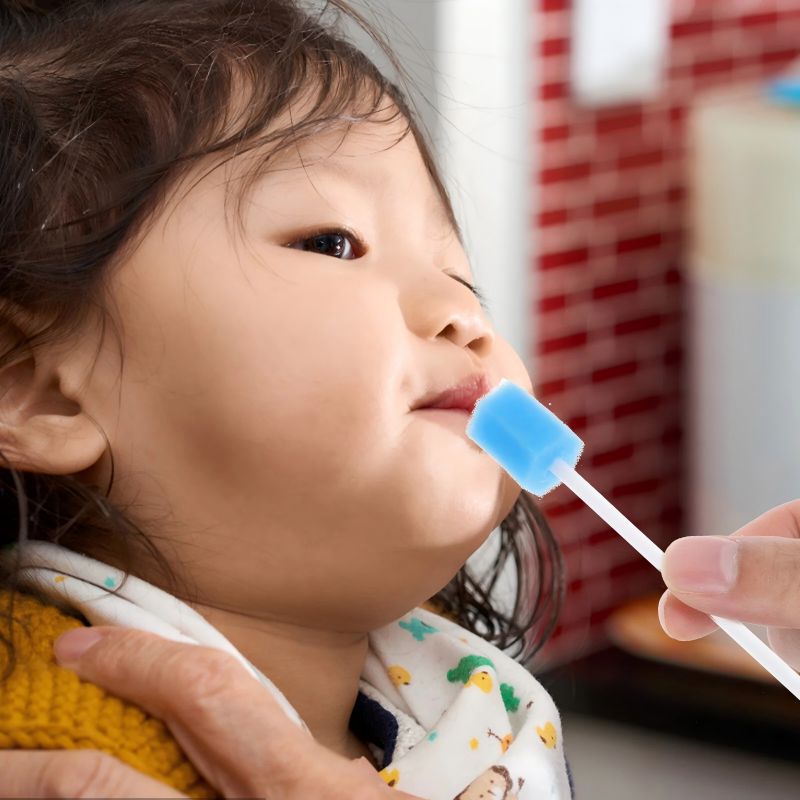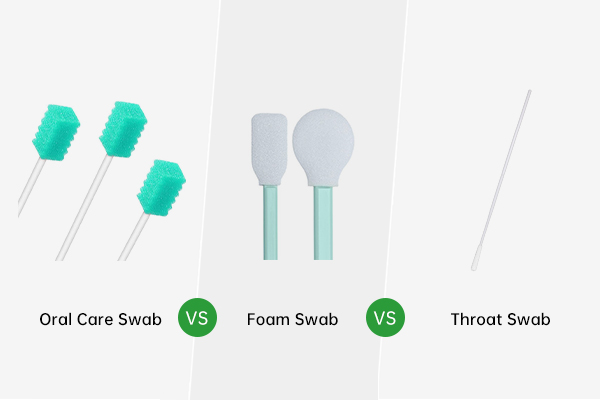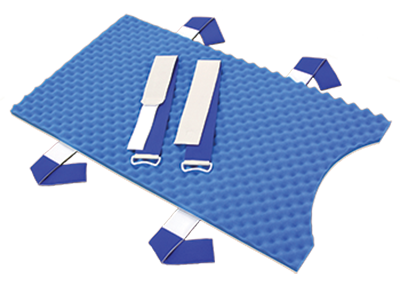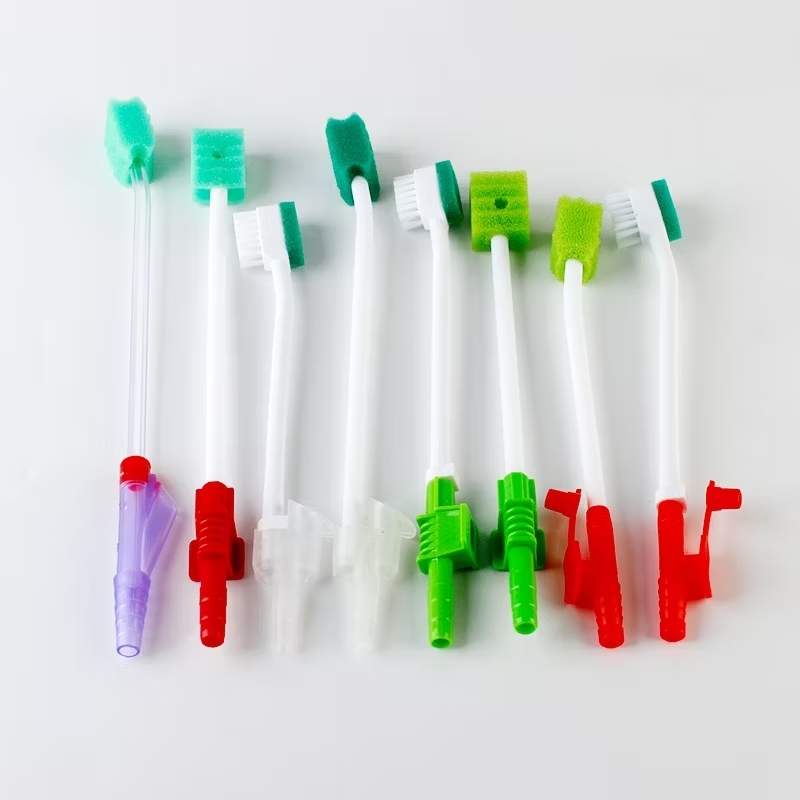Oral sensory development is vital for children’s growth, especially for neurodiverse kids facing sensory challenges. Mouth care sponges offer an effective, compassionate solution to improve eating, communication, and overall health.
This article delves into the importance of oral sensory development, the unique challenges faced by neurodiverse children, and how mouth care sponges can play a pivotal role in addressing these needs.

Understanding Oral Sensory Development
Oral sensory development involves the growth and refinement of sensory and motor functions in the mouth and surrounding areas. This process starts early and lasts throughout childhood, impacting:
- Feeding Skills: The ability to chew and swallow effectively.
- Speech & Communication: Word formation and sound articulation are facilitated by healthy oral sensory function.
- Sensory Regulation: The mouth is densely packed with sensory receptors, making it a critical site for sensory processing and self-regulation.
Children explore the world through their mouths during their early years. This sensory exploration not only contributes to their understanding of textures, temperatures, and tastes but also supports their emotional and social development.
Oral Sensory Challenges in Neurodiverse Children
Neurodiverse children often have atypical sensory processing, which can manifest as hypersensitivity or a mix of both in different sensory modalities. When it comes to oral sensory processing, these children may:
- Resist Oral Stimulation: Some children may find certain textures, flavors, or even the sensation of brushing teeth overwhelming.
- Seek Oral Stimulation: Others may crave intense oral input, leading to behaviors such as chewing on non-food items.
- Experience Motor Coordination Difficulties: Fine motor challenges can affect their ability to manage oral hygiene independently.
Such difficulties can contribute to anxiety around meals, oral care, and even communication, creating a cascading effect on a child’s well-being. It is crucial to address these issues at an early age in order to promote good dental hygiene and enhance sensory integration in general.
Mouth Care Sponges: A Gentle Solution
Mouth care sponges are soft, sponge-tipped tools designed for oral hygiene and sensory stimulation. Unlike traditional toothbrushes, they are specifically crafted for gentle interaction with the mouth, making them ideal for children with heightened oral sensitivity or aversion to standard oral care tools.
Key Features of Mouth Care Sponges
- Soft Texture: Their non-abrasive material minimizes discomfort, making oral care a less stressful experience.
- Varied Designs: Available in different shapes and sizes, mouth care sponges cater to diverse needs and preferences.
- Disposable Options: A lot of sponges are single-use, which promotes hygienic practices and lowers the possibility of cross-contamination.
- Versatility: Beyond cleaning, they can be used for sensory exploration, oral stimulation, and therapy exercises.
Benefits of Mouth Care Sponges in Oral Sensory Development
1. Reducing Oral Sensitivity
For children with hypersensitivity, introducing oral stimulation gradually is crucial. Mouth care sponges allow caregivers and therapists to desensitize the oral cavity in a controlled and non-threatening manner. The soft texture of the sponge tip is less intimidating than the bristles of a toothbrush, making it easier for children to accept oral care routines.
2. Encouraging Positive Oral Experiences
Negative experiences with oral care can lead to avoidance behaviors. Mouth care sponges provide positive and calming sensory input, helping children build trust and feel safe during oral hygiene activities.
3. Facilitating Oral Motor Skills Development
Disposable oral swabs can also be used in therapeutic exercises to strengthen oral muscles. Therapists may guide children to bite, chew, or suck on the sponge to improve jaw strength, tongue coordination, and lip closure—all critical for eating and speaking.
4. Supporting Self-Regulation
Many neurodiverse children use oral stimulation to self-regulate. Mouth care sponges offer a safe and hygienic alternative to behaviors like chewing on clothing or pencils, and helping children meet their sensory needs without compromising safety or hygiene.
5. Enhancing Caregiver-Child Bonding
Oral care routines can become moments of connection and trust between caregivers and children. By using a tool that reduces resistance and discomfort, caregivers can foster a more cooperative and enjoyable interaction during daily hygiene practices.
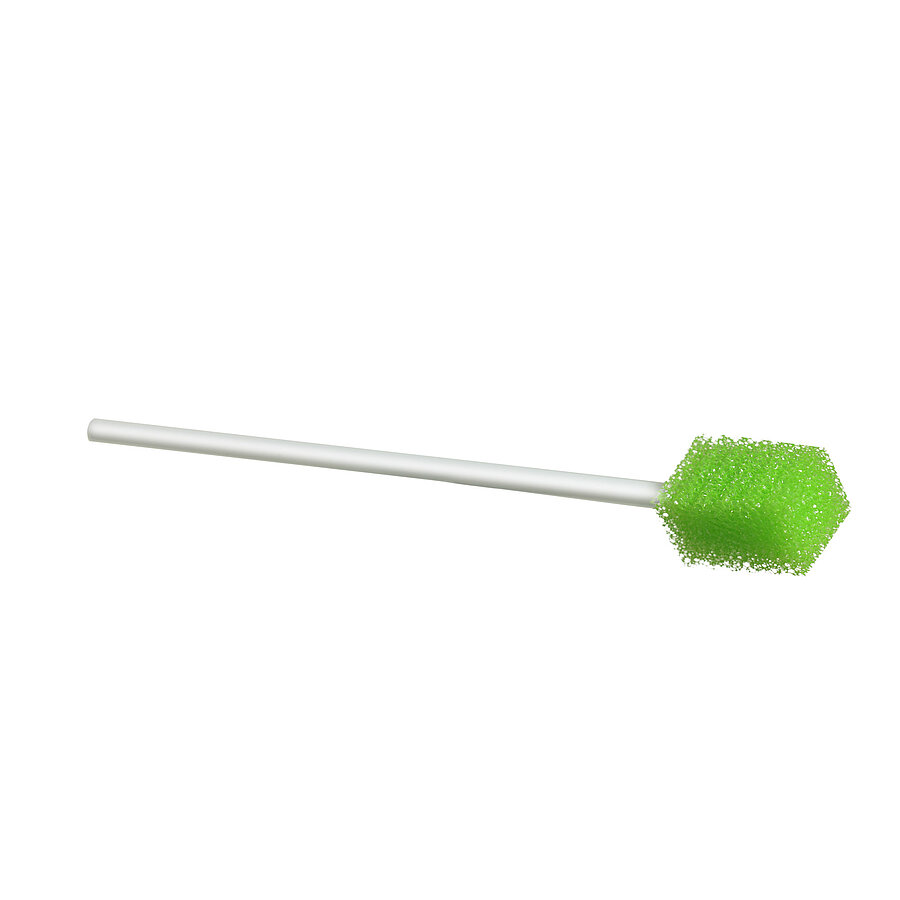
Practical Applications of Mouth Care Sponges
1. Introducing Oral Hygiene
For children who are new to oral care routines, start with gentle touch using a dry mouth care sponge. Gradually introduce water or a small amount of toothpaste once the child becomes comfortable.
2. Incorporating into Therapy
Occupational therapists and speech therapists can integrate mouth care sponges into their sessions to support sensory and motor goals. For example, they might use the sponges to provide oral stimulation or as a tool for practicing specific movements.
3. Sensory Exploration
Encourage children to explore the sponge with their hands before using it in their mouths. This can help reduce anxiety and build familiarity with the texture and appearance of the tool.
4. Creating a Routine
Consistency is key. Incorporate mouth care sponges into a daily routine, pairing the activity with positive reinforcement or a sensory-friendly environment to make the experience predictable and enjoyable.
Considerations When Using Mouth Care Sponges
While mouth care sponges are a versatile and beneficial tool, it’s essential to use them correctly to maximize their benefits:
- Consult a Professional: Work with a pediatric dentist, occupational therapist, or speech therapist to create a tailored approach for the child’s specific needs.
- Choose the Right Sponge: Select a design that suits the child’s comfort level and oral sensory profile.
- Monitor for Safety: Ensure that the sponge remains intact during use to prevent choking hazards.
- Introduce Gradually: Respect the child’s pace and avoid forcing interactions that may cause distress.
A Holistic Approach to Oral Sensory Development
Mouth care sponges are most effective when used as part of a comprehensive strategy to support oral sensory development in neurodiverse children. This includes:
- Regular Dental Checkups: Partnering with pediatric dentists who understand sensory needs.
- Sensory Diets: Incorporating oral activities like chewing gum, drinking through a straw, or using chewable toys.
- Parental education involves providing parents with the knowledge and resources to support their child’s sensory integration.
- Interdisciplinary Collaboration: Coordinating care among therapists, educators, and healthcare providers to address the child’s needs holistically.
Conclusion
Oral sensory development is key to eating, speaking, and interaction. For neurodiverse children, mouth care sponges address sensitivity challenges, improving oral care and daily life.
These tools reduce discomfort, foster positive interactions, and support motor skills, enhancing neurodiverse children’s well-being and development.

